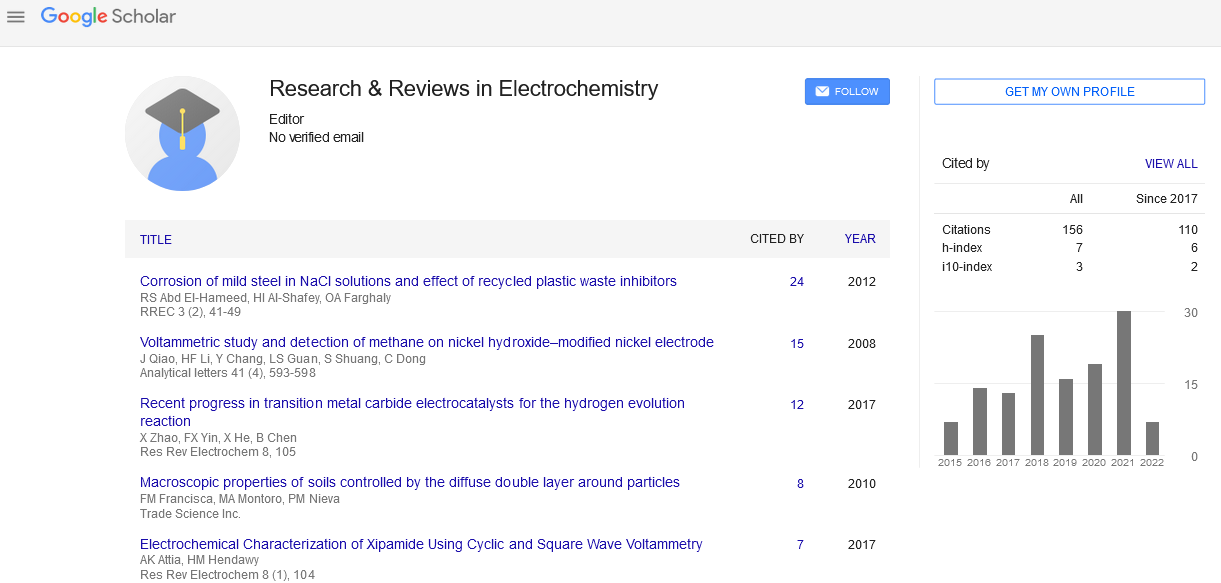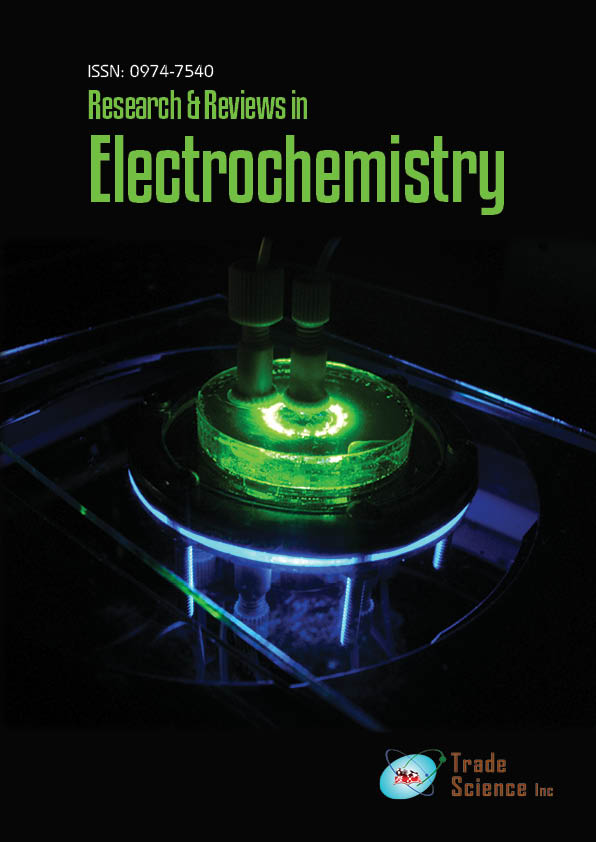Abstract
Application of Photo-Reduced Graphene for Supercapacitors: Synthesis, Characteristic and Properties
Author(s): Dongfang YangPhoto-irradiation reduction of graphene oxide to produce graphene is a simplified, rapid, energy efficient and poisonous material free alternative to the most commonly used chemical reduction method. This process not only can be used to produce large quantities of high quality graphene for large-size supercapacitors usable in automotive and stationary energy storage, but also can be used to prepare small amount of graphene used for printable, portable and flexible supercapacitors. The main advantage of the photo-irradiation process is that it does not rely on the use of chemicals or high temperature. Specifically, it can shorten the reaction time from several hours to a few minutes. In addition, photo-irradiation reduction has significant advantages for the design and fabrication of graphene-based micro-devices since graphene layers can be structured by direct patterning of graphene oxide films. With the rapid progress of photo-irradiation reduction methodology, low cost and high volume industrial production of graphene by this method could become a vital process. In this paper, the recent advances of using the photo-irradiation reduction process to produce graphene will be reviewed. The paper will also describe the characteristics of photo-reduced graphene and its performance when it is used as the active electrode materials for supercapacitors.

